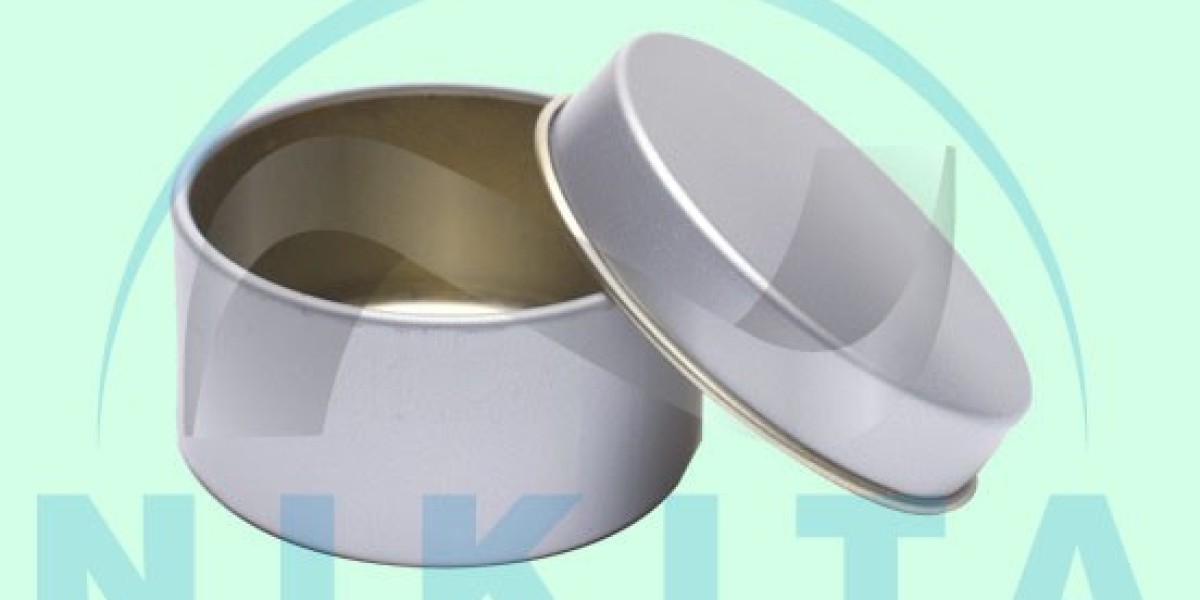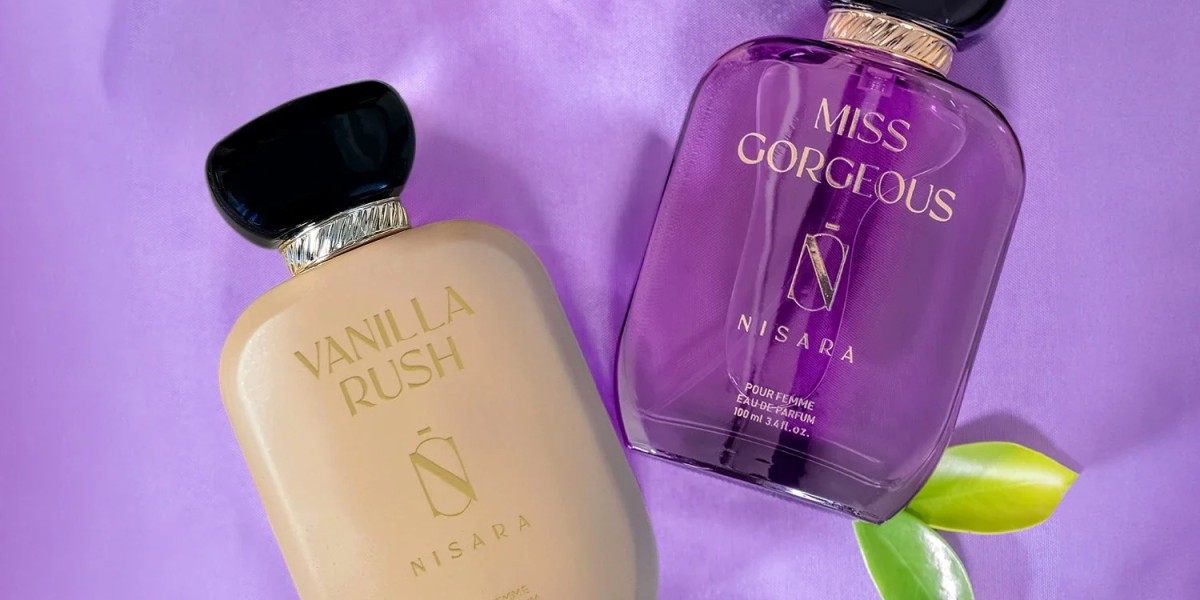In India’s competitive packaging market, sourcing customized tin containers that meet your brand’s specific needs requires careful planning and research. From understanding manufacturing processes to evaluating suppliers, there are several factors that can help you source quality tin containers that enhance your product’s appeal.
1. Identify Your Packaging Requirements
Before reaching out to suppliers, it’s essential to have a clear understanding of what you need in a tin container. Consider aspects like size, shape, material thickness, and any specific customization, such as printing, embossing, or surface finishes. Knowing your requirements will make it easier to communicate with suppliers and narrow down your options.
Define your target product’s needs, such as the required level of durability, resistance to moisture, or potential for long-term storage. For instance, food products may need airtight seals, while cosmetic containers may require additional layers to prevent contamination.
2. Research Suppliers Specializing in Tin Containers
India has a vast network of suppliers that specialize in metal packaging, so it’s worth doing some research to find reliable vendors with experience in producing customized tin containers. Start by searching online directories, attending trade fairs, or joining industry forums to discover suppliers who offer the specific features you need.
Look for suppliers with positive reviews, a solid industry reputation, and a track record of delivering high-quality products. Requesting a portfolio of previous work can also give you an idea of the quality and customization options they provide.
3. Evaluate Customization Capabilities
Not all suppliers offer the same level of customization. Some may provide basic printing, while others can offer advanced techniques like embossing, UV printing, and laser cutting. When choosing a supplier, ensure that their customization capabilities align with your brand’s vision and requirements.
Discuss potential options with the supplier and ask for samples if possible. This will help you assess the finish quality, color accuracy, and durability of the customization. Some suppliers even offer design assistance, which can be helpful if you need guidance on creating the best look for your brand.
4. Request Samples for Quality Assurance
Before committing to a large order, always request samples to evaluate the quality of the tin containers. Pay attention to details like the finishing, sturdiness, and clarity of printed designs. Ensure that the tin containers meet your specifications and that they are durable enough to protect your product.
Testing samples in various conditions, such as heat, humidity, and handling, will give you confidence that the containers can withstand transport and storage. Quality assurance is crucial, as it directly impacts how customers perceive your product.
5. Discuss Minimum Order Quantities (MOQ) and Pricing
Most suppliers have minimum order quantity (MOQ) requirements, especially for customized orders. Be sure to discuss MOQs upfront to avoid misunderstandings later. Determine whether the MOQ aligns with your budget and production needs, particularly if you’re a smaller business or just testing out the market with tin containers.
Discussing pricing is equally important. Prices for customized tin containers can vary depending on factors like the level of customization, size, and material thickness. Ask for a detailed price breakdown and consider negotiating for better rates if you plan to place repeat orders.
6. Understand Lead Times and Delivery Options
Customized tin containers require production time, especially if they include detailed customization. Understanding the lead times will help you plan ahead for product launches and avoid delays in your supply chain. Make sure the supplier can meet your required delivery timelines and has a reliable shipping process.
If you’re sourcing from a different region in India or from international manufacturers, discuss shipping options and costs. Be aware of any potential customs or import fees if sourcing internationally, and factor in these additional costs to get an accurate idea of the final pricing.
7. Prioritize Suppliers with Sustainable Practices
As sustainability becomes a higher priority for consumers, consider working with suppliers that use environmentally responsible practices. Look for suppliers that use recycled materials, reduce waste during production, and adhere to environmental standards. By choosing a sustainable supplier, you’ll align your brand with eco-friendly practices and appeal to consumers who prioritize green products.
Some suppliers may even offer sustainable packaging options, such as using water-based inks or eco-friendly coatings on tin containers. Inquiring about these options can make your packaging both unique and environmentally conscious.
8. Review Supplier Contracts and Payment Terms
Once you’ve selected a supplier, review the contract carefully to understand the terms and conditions, including delivery schedules, payment terms, and any guarantees on quality. Ensure that the contract covers crucial details like customization requirements, defect policies, and timelines. Having a well-documented agreement can prevent issues and streamline the ordering process.
In terms of payment, many suppliers offer staggered payment options, with partial payments required upfront and the balance paid upon completion. Confirm the payment terms that work for both parties and ensure clarity on any refund or replacement policies in case of quality issues.
9. Build Long-Term Supplier Relationships
Building a good relationship with your supplier can lead to better service, discounts, and flexibility in future orders. Regularly communicating your needs, providing feedback, and recognizing quality work can go a long way in maintaining a productive supplier relationship. Long-term partnerships with reliable suppliers offer stability, particularly if your business expands and requires higher order volumes.
10. Leverage Supplier Feedback and Insights
Many suppliers have industry expertise and can provide insights into the latest trends, materials, and designs in tin containers. Take advantage of their knowledge and ask for suggestions that might improve your packaging or streamline production. Suppliers who understand your business can offer valuable recommendations that may enhance your product’s appeal and cost-effectiveness.
Conclusion
Sourcing customized tin containersin India involves a detailed approach, from evaluating supplier capabilities to reviewing quality standards. By following these steps and building strong supplier relationships, you can secure high-quality, customized packaging that aligns with your brand values and meets consumer expectations.
Naijamatta is a social networking site,
download Naijamatta from Google play store or visit www.naijamatta.com to register. You can post, comment, do voice and video call, join and open group, go live etc. Join Naijamatta family, the Green app.
Click To Download


